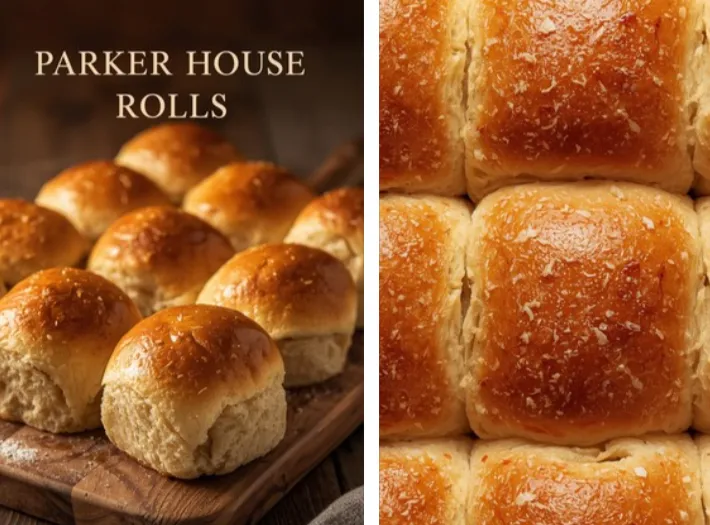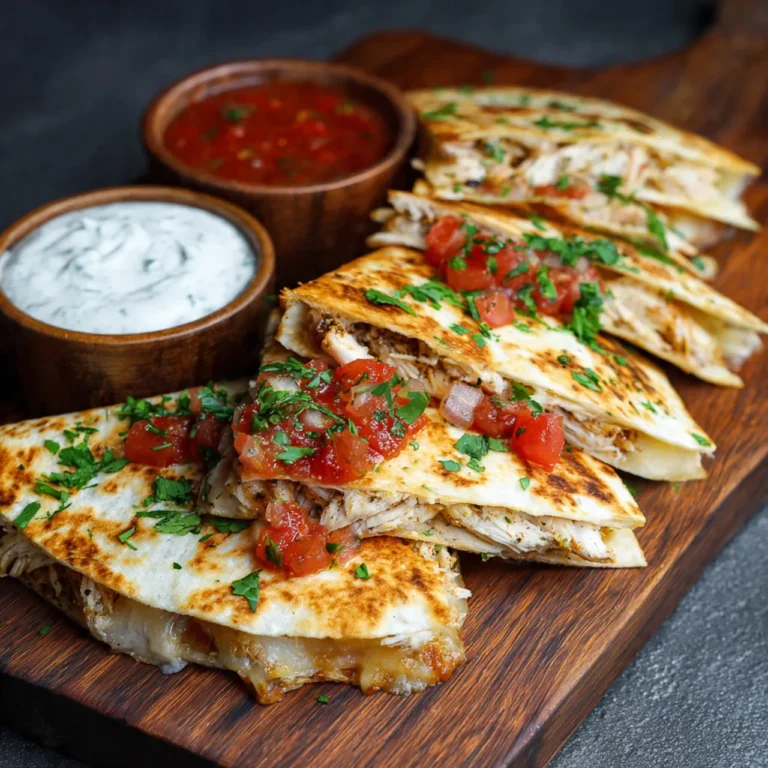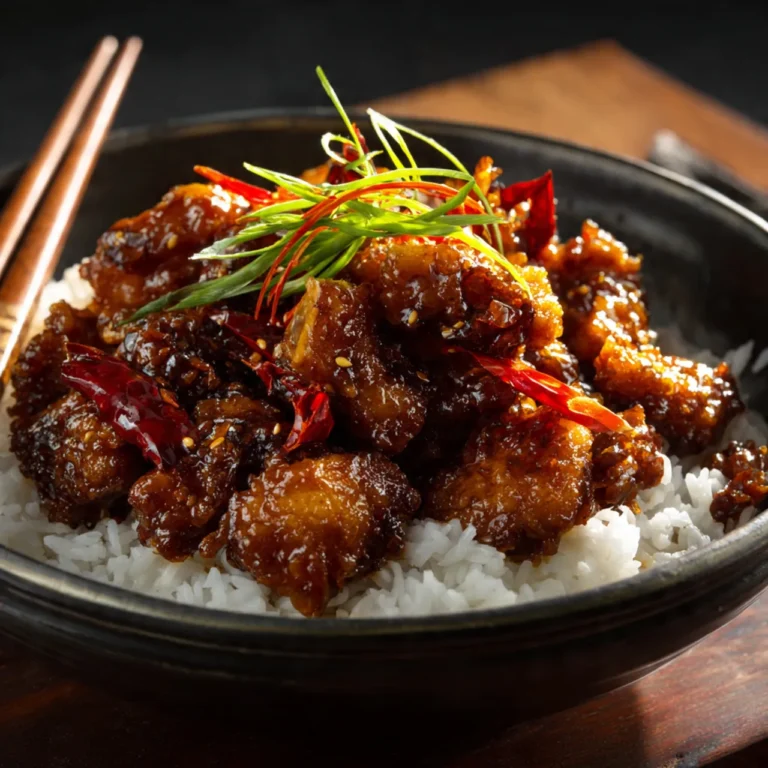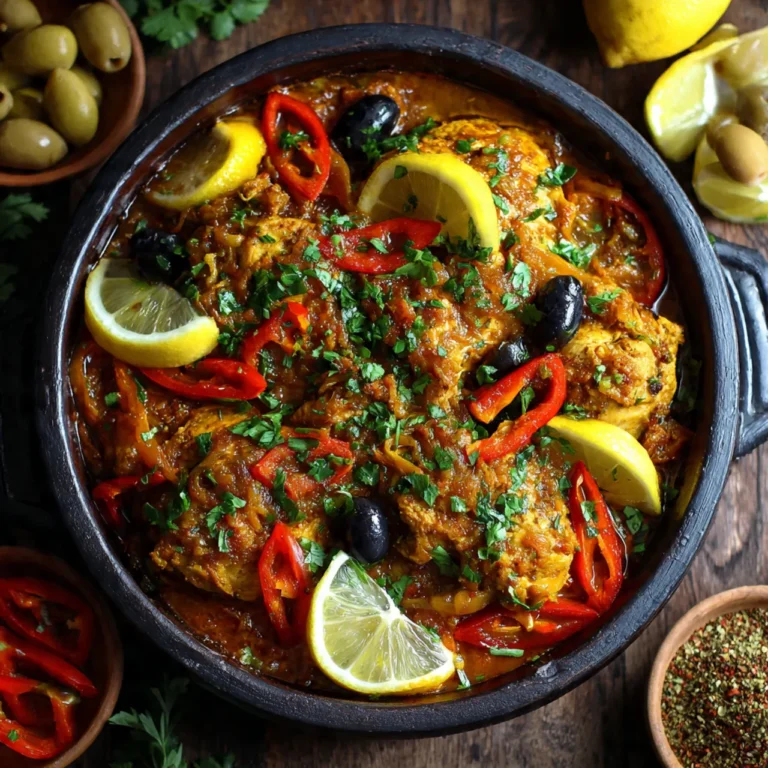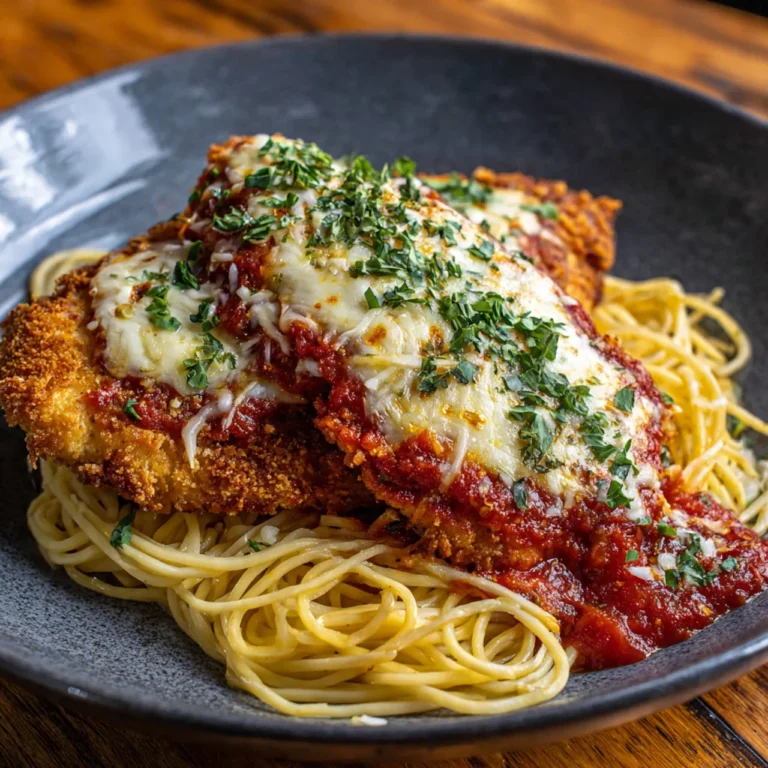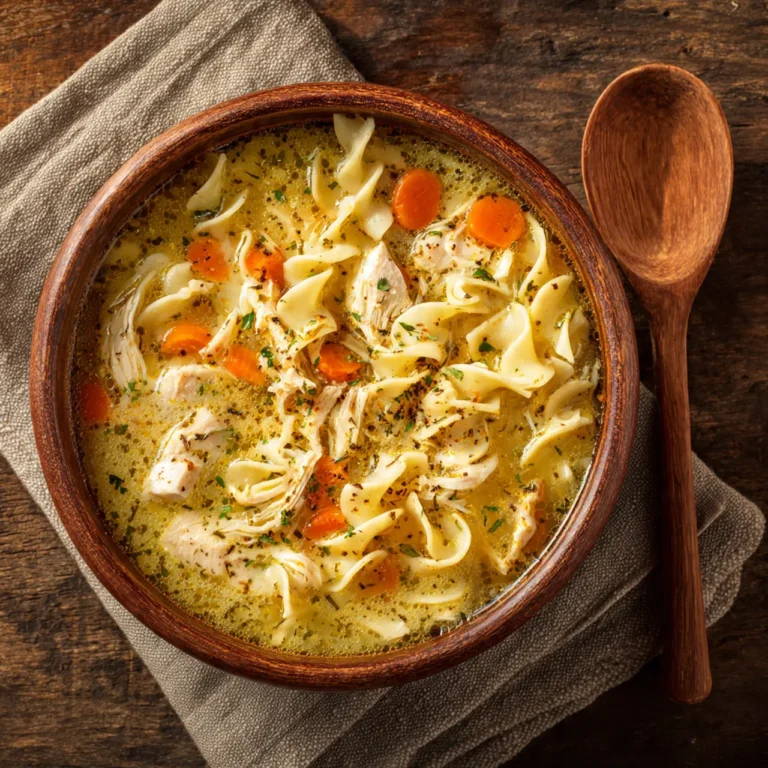Parker House Rolls are the epitome of classic American baking, renowned for their pillowy texture, rich buttery flavor, and signature folded shape. These iconic dinner rolls have graced holiday tables, family gatherings, and fine dining establishments for over a century, earning a place in the hearts of bread lovers everywhere. Their golden crust, soft crumb, and irresistible aroma make them a must-have for Thanksgiving, Christmas, Easter, or any meal where comfort and tradition are celebrated. This comprehensive guide explores the fascinating history of Parker House Rolls, the science behind their perfect texture, essential ingredients, step-by-step instructions, expert tips, creative variations, serving suggestions, presentation ideas, nutritional insights, and answers to common questions. By the end, you’ll have all the knowledge and inspiration needed to master this beloved bread and make it your own.
The History and Tradition of Parker House Rolls
Parker House Rolls trace their origins to the Parker House Hotel in Boston, Massachusetts, where they were first created in the 1870s. According to legend, a disgruntled baker at the hotel angrily threw unfinished dough into the oven, resulting in rolls with a distinctive folded shape and a soft, buttery interior. The rolls quickly became a sensation, praised for their unique texture and flavor. Over time, Parker House Rolls became a staple of American cuisine, featured in cookbooks, restaurants, and home kitchens across the country. Their enduring popularity is a testament to the timeless appeal of simple, well-made bread.
Why Parker House Rolls?
Parker House Rolls are more than just bread; they are a celebration of tradition, craftsmanship, and comfort. Their soft, fluffy texture and rich, buttery flavor make them the perfect accompaniment to any meal, from hearty stews to elegant roasts. The signature folded shape creates layers that pull apart easily, inviting diners to savor every bite. Parker House Rolls are versatile, easy to make ahead, and can be customized with a variety of flavors and toppings. Whether you’re an experienced baker or a novice, these rolls are sure to impress and delight.
The Science of Fluffy, Buttery Rolls
The secret to Parker House Rolls’ signature texture lies in the dough’s enrichment and the folding technique. Enriched doughs contain butter, milk, eggs, and sugar, which tenderize the crumb and add flavor. The folding method creates layers, similar to laminated doughs, resulting in a soft, pull-apart structure. Proper kneading develops gluten, giving the rolls structure and elasticity. The addition of butter, both in the dough and brushed on top, ensures a rich flavor and golden crust. Proofing the dough allows yeast to ferment, producing carbon dioxide that makes the rolls rise and become airy. Baking at the right temperature sets the structure and creates a beautiful, shiny finish.
Selecting the Best Ingredients
- Flour: Bread flour or all-purpose flour both work well. Bread flour yields a slightly chewier roll, while all-purpose flour produces a softer crumb.
- Yeast: Active dry yeast or instant yeast can be used. Fresh yeast is also suitable for traditionalists.
- Milk: Whole milk adds richness and tenderness. Low-fat milk or non-dairy alternatives can be substituted.
- Butter: Unsalted butter is preferred for control over salt content. Use high-quality butter for the best flavor.
- Eggs: Eggs enrich the dough and contribute to color and structure.
- Sugar: A small amount of sugar feeds the yeast and adds subtle sweetness.
- Salt: Essential for flavor and controlling yeast activity.
- Optional Add-ins: Fresh herbs, garlic, cheese, or seeds for creative variations.
Step-by-Step Recipe
Ingredients
- 4 cups (480g) all-purpose or bread flour, plus more for dusting
- 2 1/4 teaspoons (1 packet) active dry yeast
- 1 cup (240ml) whole milk, warmed to 110°F (43°C)
- 1/4 cup (50g) granulated sugar
- 1 teaspoon kosher salt
- 2 large eggs, room temperature
- 8 tablespoons (1 stick, 113g) unsalted butter, softened and divided
- 2 tablespoons melted butter, for brushing
Instructions
- Activate the Yeast: In a small bowl, combine the warm milk, sugar, and yeast. Stir and let sit for 5-10 minutes, until foamy.
- Mix the Dough: In the bowl of a stand mixer fitted with the dough hook (or a large mixing bowl), combine the flour and salt. Add the yeast mixture, eggs, and 6 tablespoons of softened butter. Mix on low speed until a shaggy dough forms.
- Knead the Dough: Increase the mixer speed to medium and knead for 8-10 minutes, until the dough is smooth, elastic, and slightly tacky. If kneading by hand, turn the dough onto a floured surface and knead for 10-12 minutes.
- First Rise: Place the dough in a greased bowl, cover with plastic wrap or a damp towel, and let rise in a warm place for 1-2 hours, until doubled in size.
- Shape the Rolls: Punch down the dough and turn it out onto a lightly floured surface. Roll out to about 1/2-inch thickness. Cut into 2 1/2-inch rounds using a biscuit cutter or glass. Lightly flatten each round, brush with melted butter, and fold in half, pressing gently to seal the edge. Arrange the rolls, slightly overlapping, in a greased 9×13-inch baking dish or on a parchment-lined baking sheet.
- Second Rise: Cover the rolls loosely and let rise for 45-60 minutes, until puffy and nearly doubled.
- Bake: Preheat the oven to 350°F (175°C). Brush the tops of the rolls with melted butter. Bake for 20-25 minutes, until golden brown and cooked through.
- Finish: Remove from the oven and brush with the remaining melted butter. Let cool slightly before serving.
Variations and Creative Adaptations
Herb Parker House Rolls
Add 2 tablespoons chopped fresh herbs (rosemary, thyme, chives, or parsley) to the dough for a fragrant twist.
Garlic Parker House Rolls
Mix 2 teaspoons garlic powder or 2 tablespoons roasted garlic into the dough, or brush the tops with garlic butter before baking.
Cheesy Parker House Rolls
Sprinkle shredded cheddar, Parmesan, or Gruyère between the folds or on top before baking.
Whole Wheat Parker House Rolls
Replace up to half the flour with whole wheat flour for a nuttier flavor and added fiber.
Sweet Parker House Rolls
Increase the sugar to 1/2 cup and add 1 teaspoon cinnamon for a breakfast or brunch version. Serve with honey butter.
Vegan Parker House Rolls
Use plant-based milk, vegan butter, and a flax egg (1 tablespoon flaxseed meal + 3 tablespoons water) in place of eggs.
Seeded Parker House Rolls
Sprinkle sesame, poppy, or sunflower seeds on top before baking for extra crunch.
Mini Parker House Rolls
Cut smaller rounds for bite-sized rolls, perfect for sliders or appetizers.
Tips for the Perfect Parker House Rolls
- Use room temperature ingredients for even mixing and rising.
- Knead the dough thoroughly to develop gluten for structure and fluffiness.
- Let the dough rise in a warm, draft-free spot for the best texture.
- Don’t over-flour the dough; it should be slightly tacky but not sticky.
- Brush with plenty of butter for flavor and a shiny finish.
- Arrange rolls close together for soft sides, or spaced apart for crustier edges.
- Bake until golden brown; underbaking leads to doughy centers.
- Let rolls cool slightly before serving for the best flavor and texture.
Serving Suggestions
Parker House Rolls are the perfect companion to roast turkey, chicken, beef, pork, or ham. They also pair beautifully with soups, stews, salads, and vegetarian mains. Serve them warm with butter, honey, or jam for breakfast or brunch. Use leftovers for mini sandwiches, sliders, or bread pudding. For a holiday feast, arrange rolls in a basket lined with a cloth napkin to keep them warm.
Presentation Ideas
Serve Parker House Rolls in a rustic bread basket or on a wooden board for a classic look. Garnish with fresh herbs or a sprinkle of flaky sea salt. For individual servings, place rolls in small ramekins or mini cast-iron skillets. For a festive touch, arrange rolls in the shape of a wreath or tree for holiday gatherings.
The Science Behind Parker House Rolls
The soft, fluffy texture of Parker House Rolls comes from the enriched dough, which contains butter, milk, eggs, and sugar. These ingredients tenderize the crumb and add flavor. The folding technique creates layers that separate slightly during baking, making the rolls easy to pull apart. Proper kneading develops gluten, which traps the gases produced by yeast, resulting in a light, airy structure. The butter brushed on top before and after baking creates a golden, shiny crust and enhances the rolls’ rich flavor.
Health Considerations
Parker House Rolls are a treat, rich in butter and refined flour. For a lighter version, use whole wheat flour, reduce the butter, or substitute with plant-based alternatives. The rolls are naturally nut-free and can be made dairy-free or vegan with substitutions. For added nutrition, mix in seeds, grains, or dried fruit.
Frequently Asked Questions
Can I make Parker House Rolls ahead of time?
Yes, shape the rolls and refrigerate overnight. Let rise at room temperature before baking.
Can I freeze Parker House Rolls?
Yes, freeze baked rolls or unbaked shaped rolls. Thaw and reheat or bake as needed.
How do I reheat Parker House Rolls?
Wrap in foil and warm in a 300°F oven for 10-15 minutes.
Can I use a bread machine?
Yes, use the dough cycle, then shape and bake as directed.
Why are my rolls dense?
Under-kneading, not enough rising time, or too much flour can cause dense rolls.
Hosting with Parker House Rolls
Parker House Rolls are a crowd-pleaser and can be doubled or tripled for large gatherings. Prepare in advance and bake just before serving for stress-free entertaining. Offer a bread bar with different butters, jams, and spreads for a fun, interactive meal.
Creative Twists
- Add caramelized onions or roasted garlic for depth.
- Mix in sun-dried tomatoes or olives for Mediterranean flair.
- Top with everything bagel seasoning for a savory finish.
- Swirl in pesto or tapenade for a burst of flavor.
- Use smoked salt or herbs de Provence for a gourmet touch.
Parker House Rolls Recipe (Summary)
Ingredients:
4 cups flour, 2 1/4 tsp yeast, 1 cup milk, 1/4 cup sugar, 1 tsp salt, 2 eggs, 8 tbsp butter, 2 tbsp melted butter.
Instructions:
Activate yeast. Mix dough with flour, salt, yeast, eggs, butter, milk, sugar. Knead until smooth. Rise until doubled. Roll out, cut rounds, brush with butter, fold, arrange in pan. Rise again. Bake at 350°F for 20-25 min. Brush with butter.
Final Thoughts
Parker House Rolls are a timeless dish that brings warmth, comfort, and tradition to any table. With their simple ingredients and endless adaptability, they invite creativity and personal touches. Whether you stick to the classic or explore new variations, Parker House Rolls are sure to become a cherished part of your holiday celebrations and family meals. Experiment with different flavors, shapes, and add-ins to make them your own. With the tips, recipe, and ideas shared in this post, creating the perfect Parker House Rolls is within reach for bakers of all skill levels. Celebrate the season and the joy of gathering with this beloved bread.
Additional Tips for Success
- Always taste and adjust seasoning before serving.
- For extra shine, finish with a brush of melted butter just before serving.
- Let rolls rest a few minutes before serving for best texture.
- Store leftovers in an airtight container and reheat gently.
Nutritional Information (Approximate per roll)
- Calories: 140-180
- Protein: 3-5g
- Fat: 5-8g
- Carbohydrates: 20-26g
- Fiber: 1-2g
- Sodium: 120-220mg
Conclusion
Parker House Rolls are a versatile, crowd-pleasing bread that brings together the best of comfort and flavor in a buttery, fluffy, and satisfying format. With their simple preparation, stunning presentation, and endless possibilities for customization, they are a must-have for any holiday feast or family meal. Try different variations, experiment with flavors, and make this classic bread your own.
